Filter data
|
ID |
Nickname |
Country / City |
Languages |
Taxonomies |
Comment |
Project / Group |
Map |

|
112837
|
Gabriela UTEC
|
Uruguay
Rivera
|
|
|
—
|
LLRS
Group 2
|
|
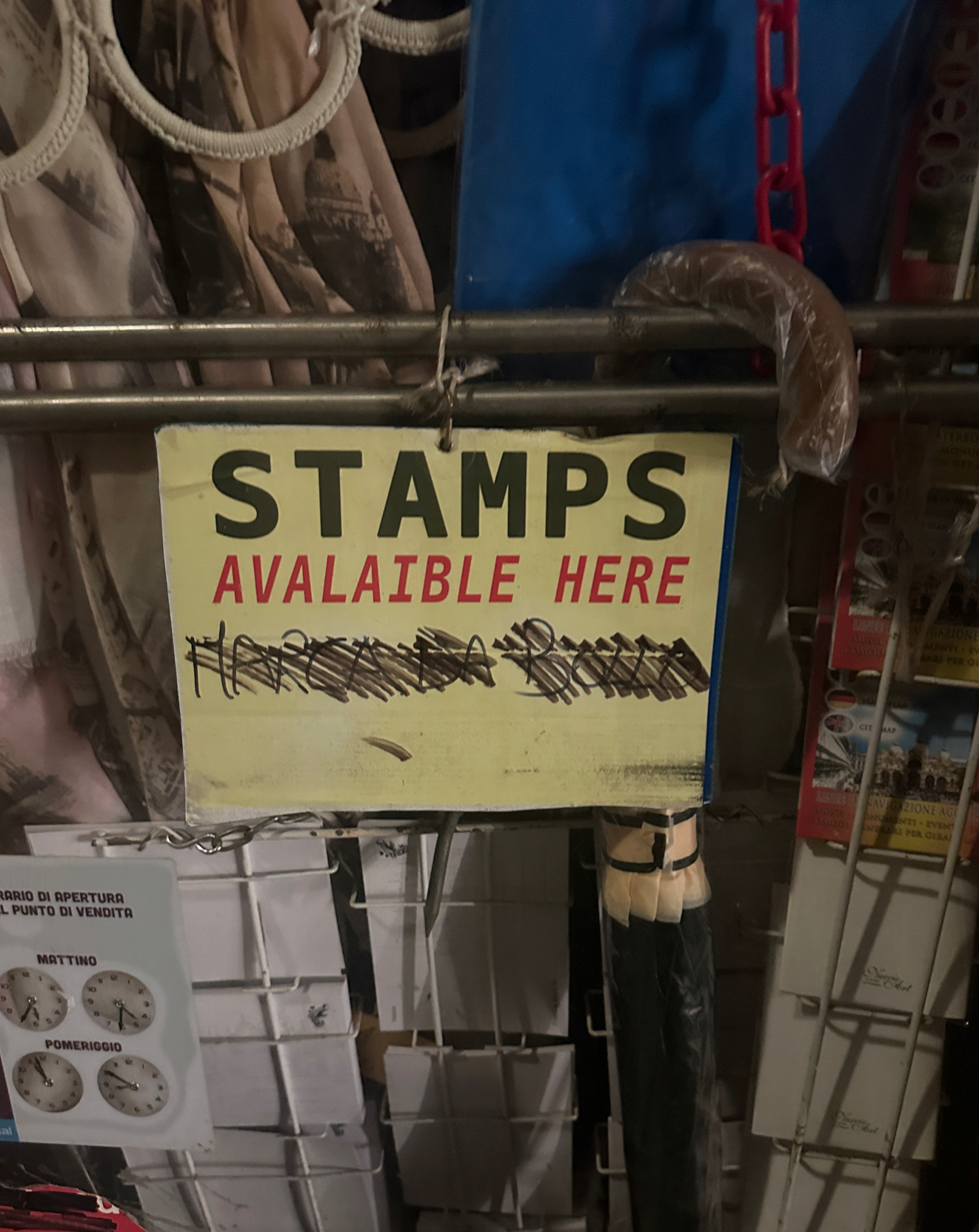
|
97186
|
gabriella_gildea
|
Italy
Venezia
|
|
|
—
|
Venezia bottom-up
|
|
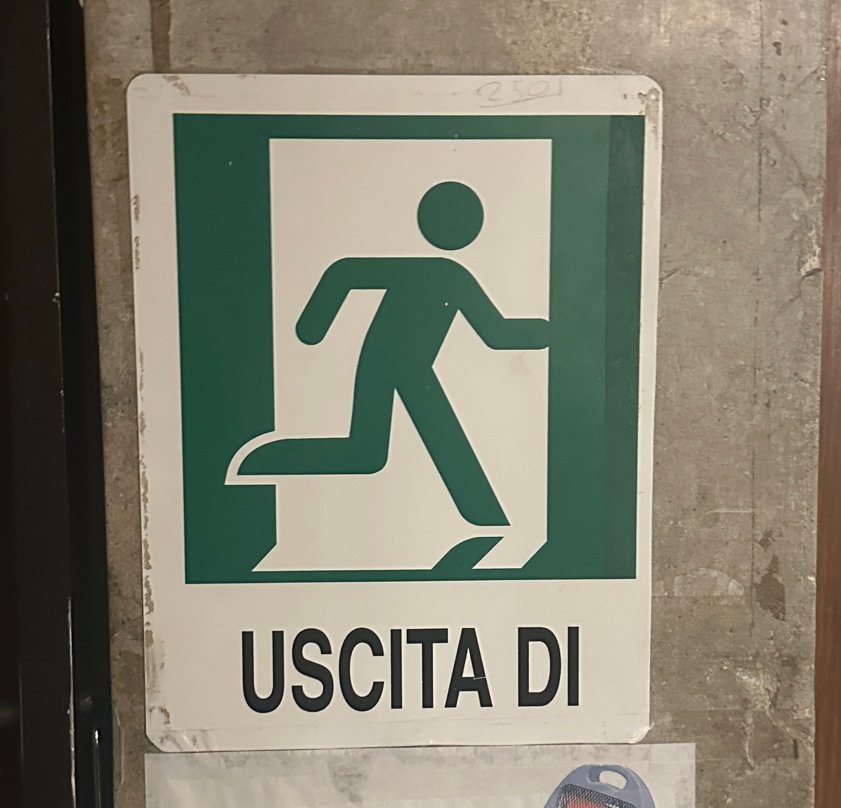
|
97244
|
gabriella_gildea
|
Italy
Venezia
|
|
|
—
|
Venezia bottom-up
|
|
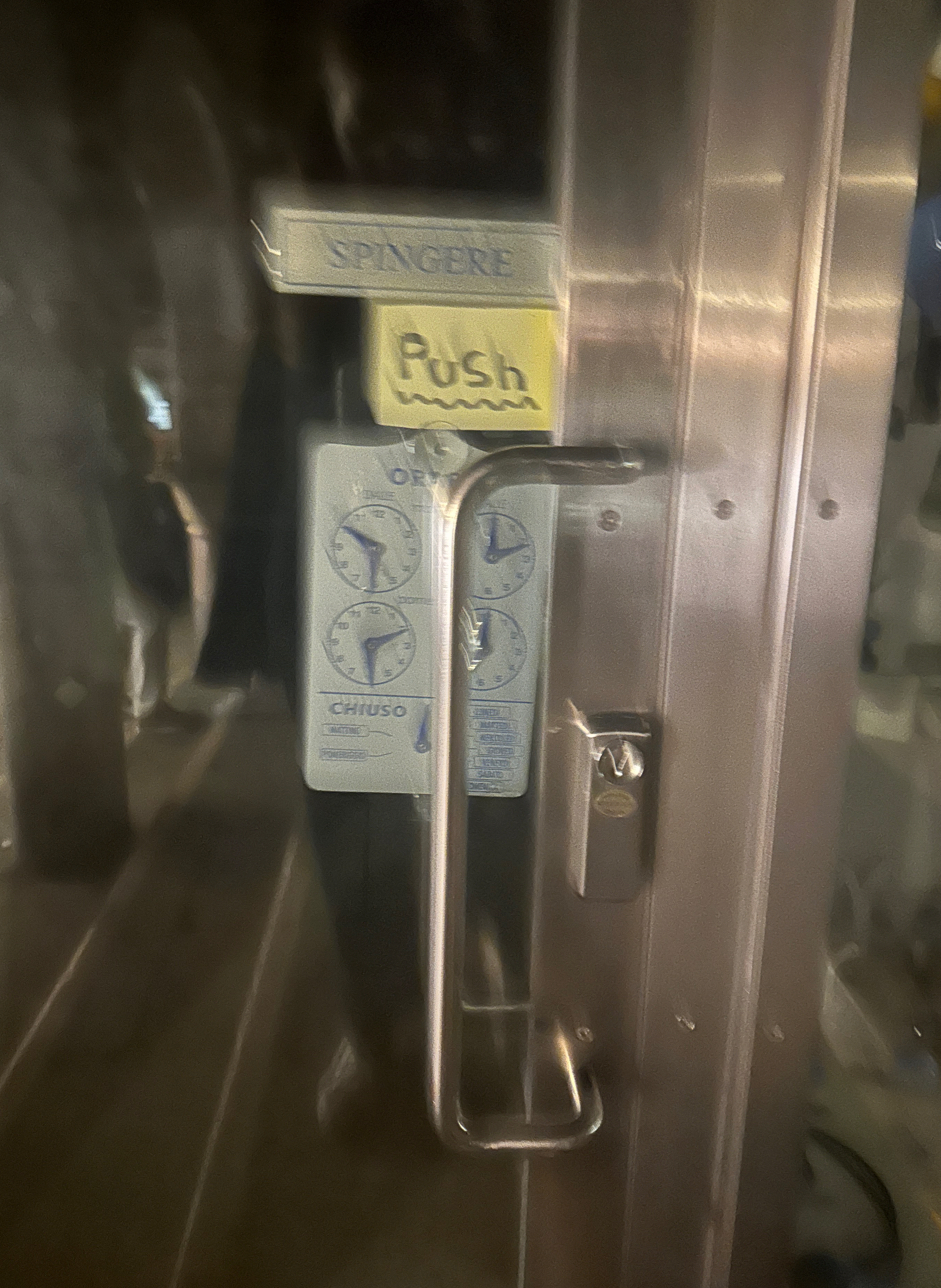
|
97245
|
gabriella_gildea
|
Italy
Venezia
|
|
|
—
|
Venezia bottom-up
|
|
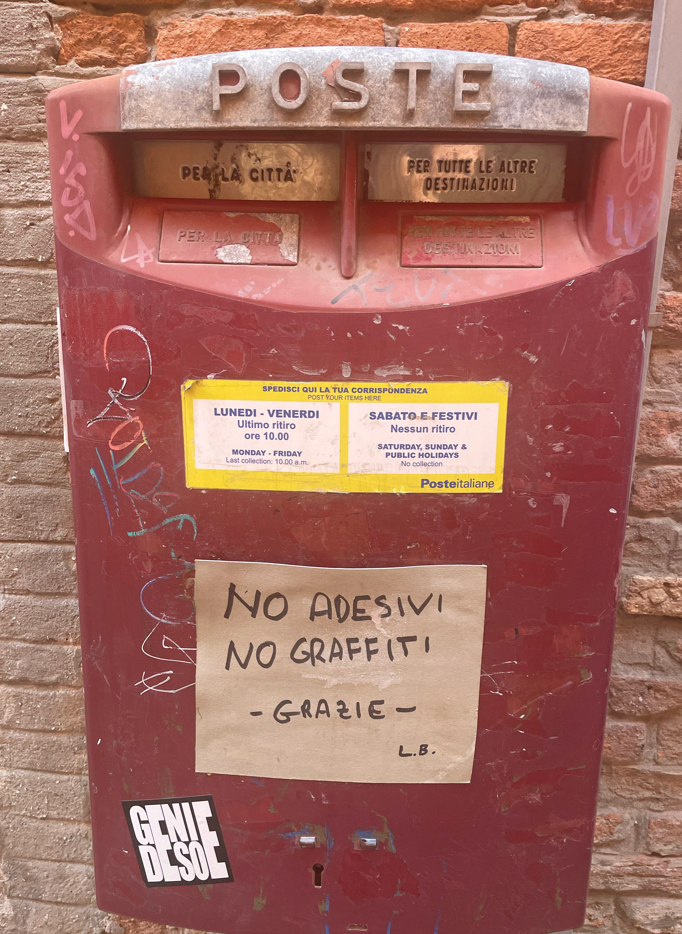
|
97418
|
gabriella_gildea
|
Italy
Venezia
|
|
|
—
|
Venezia bottom-up
|
|
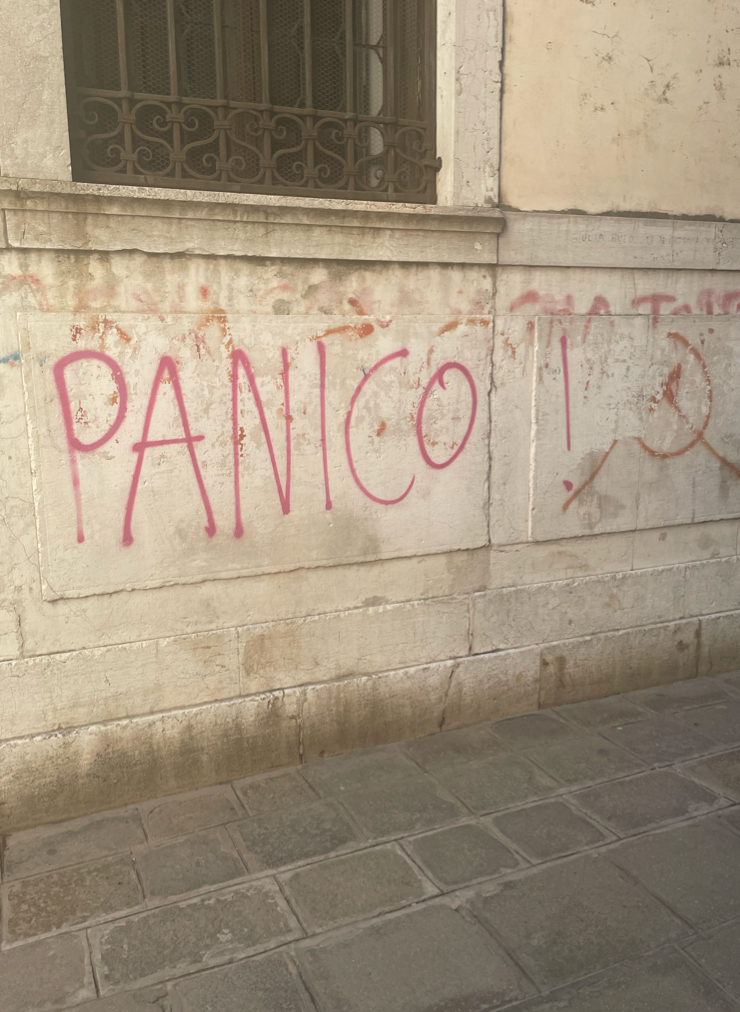
|
97419
|
gabriella_gildea
|
Italy
Venezia
|
|
|
—
|
Venezia bottom-up
|
|
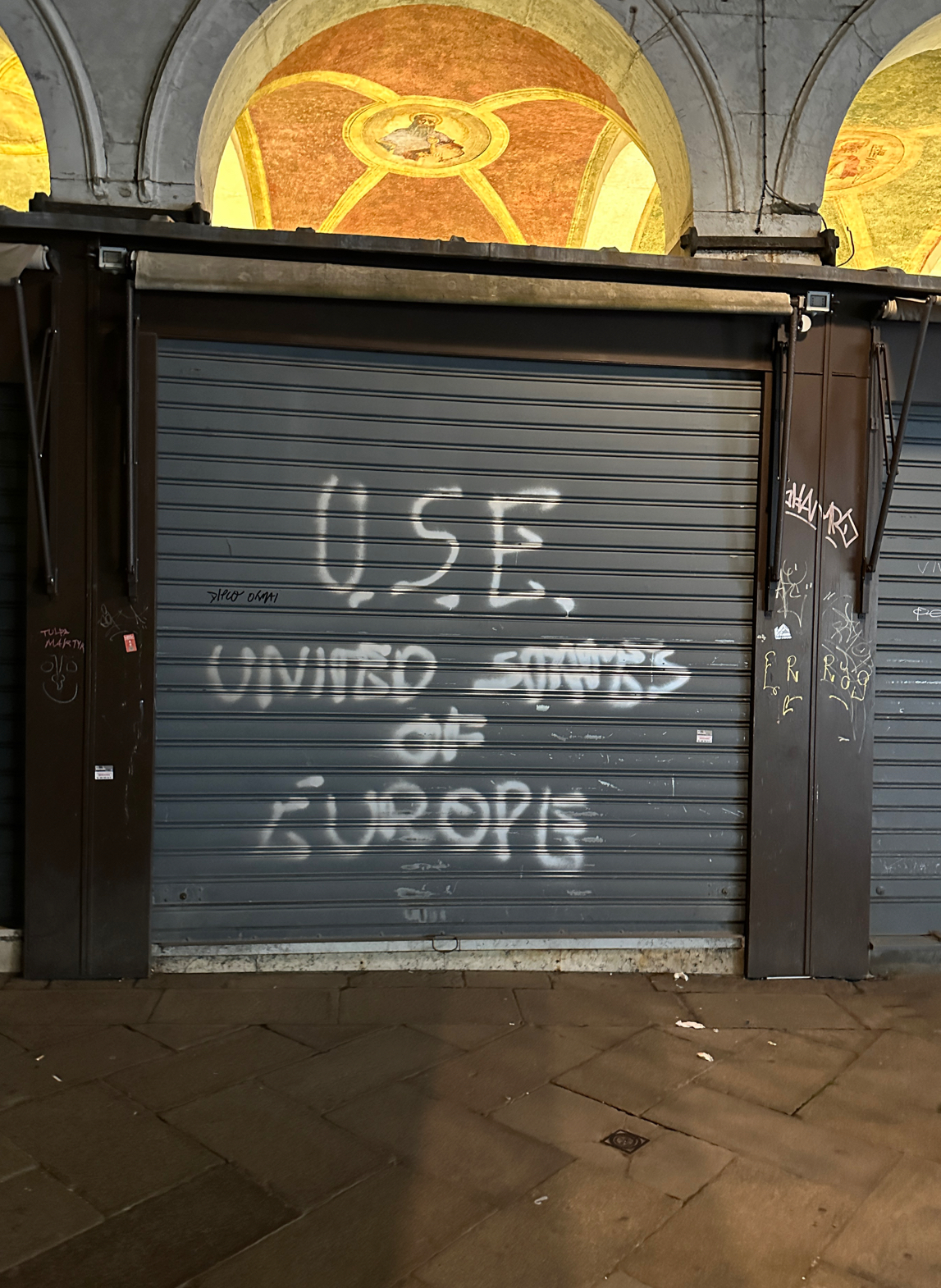
|
97420
|
gabriella_gildea
|
Italy
Venezia
|
|
|
—
|
Venezia bottom-up
|
|

|
97421
|
gabriella_gildea
|
Italy
Venezia
|
|
|
—
|
Venezia bottom-up
|
|
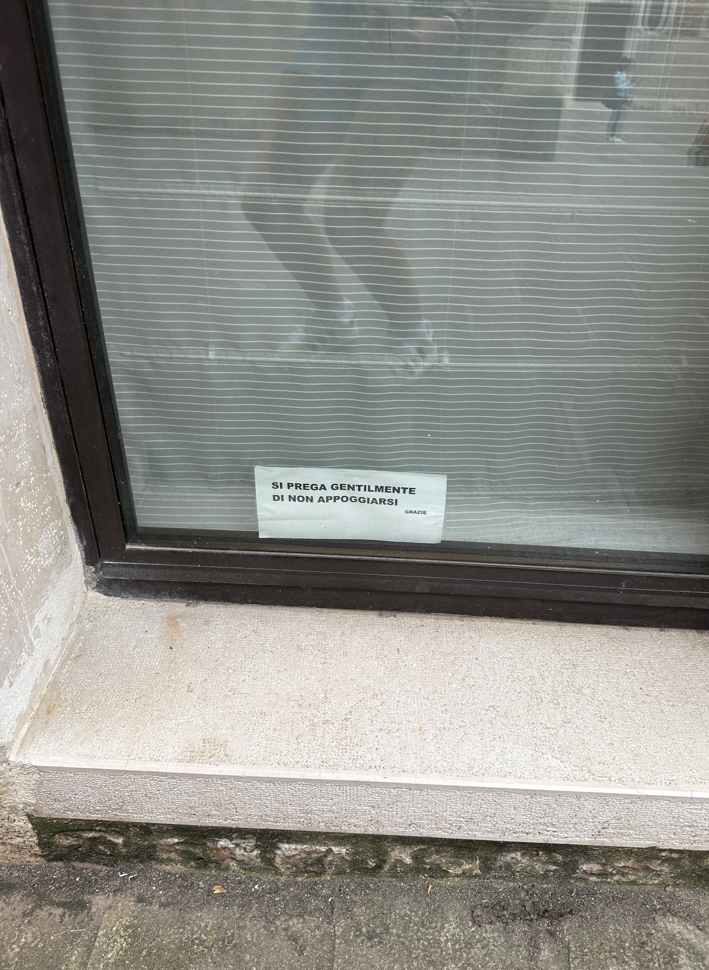
|
99355
|
gabriella_gildea
|
Italy
Venezia
|
|
|
—
|
Venezia bottom-up
|
|

|
99356
|
gabriella_gildea
|
Italy
Venezia
|
|
|
—
|
Venezia bottom-up
|
|
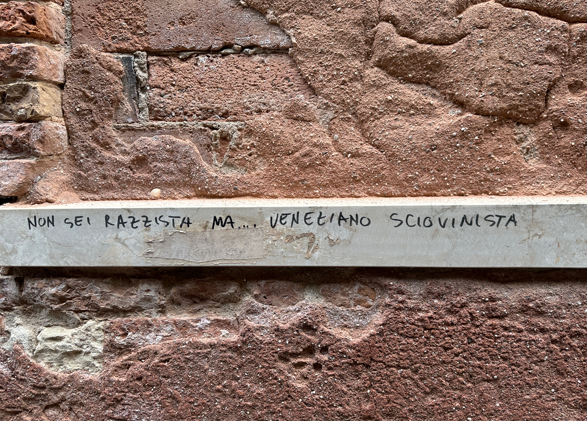
|
99357
|
gabriella_gildea
|
Italy
Venezia
|
|
|
tourism
|
Venezia bottom-up
|
|

|
99358
|
gabriella_gildea
|
Italy
Venezia
|
|
|
—
|
Venezia bottom-up
|
|
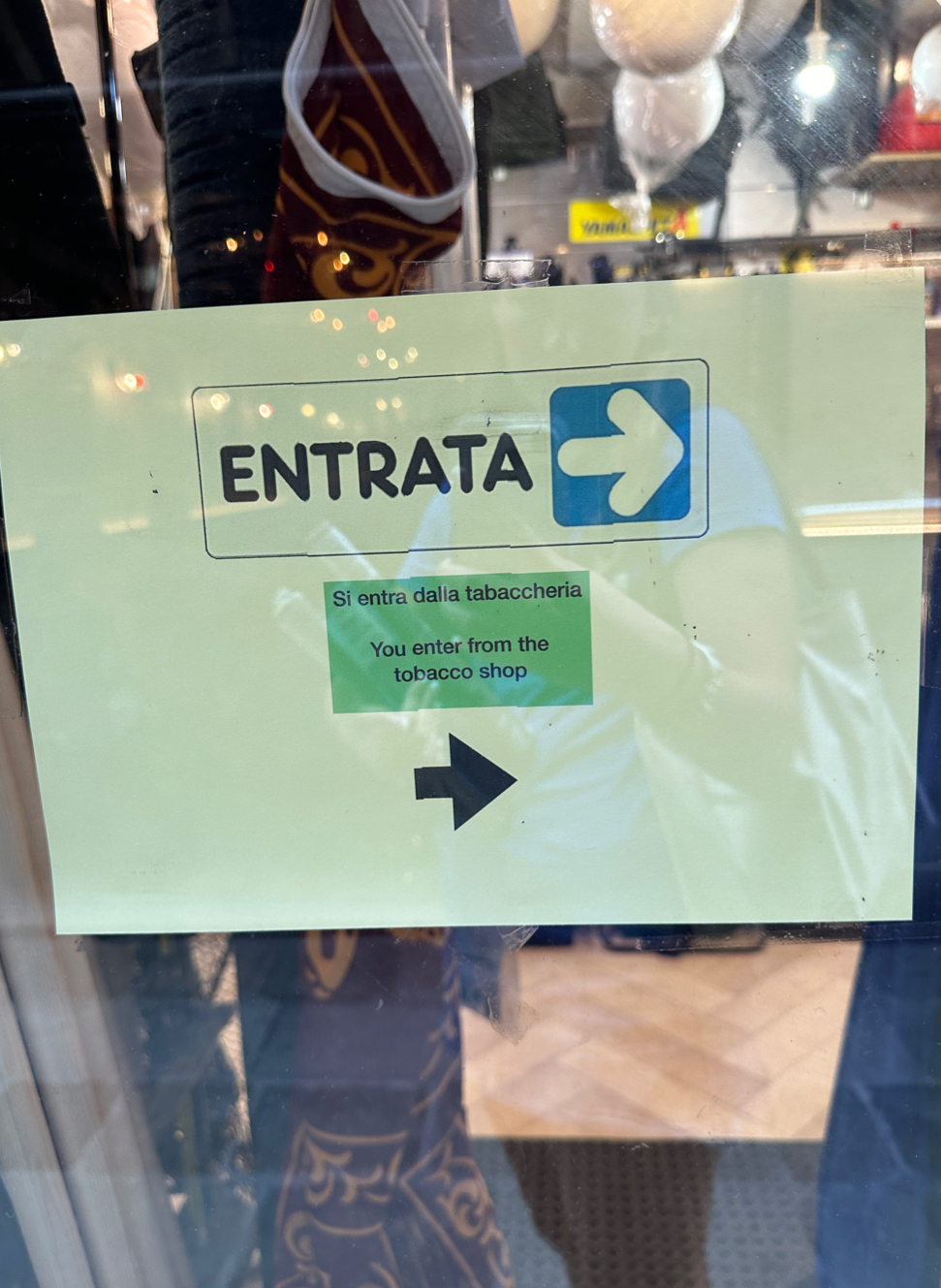
|
99359
|
gabriella_gildea
|
Italy
Venezia
|
|
|
—
|
Venezia bottom-up
|
|
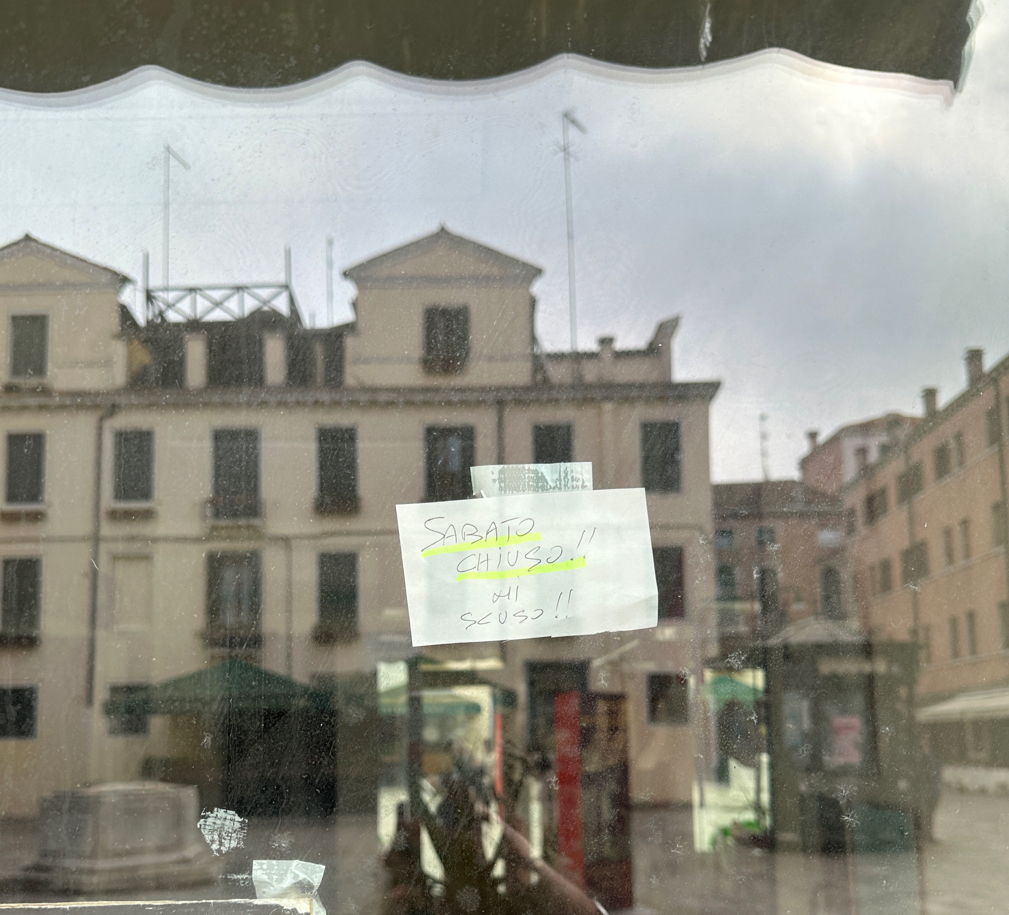
|
99360
|
gabriella_gildea
|
Italy
Venezia
|
|
|
—
|
Venezia bottom-up
|
|
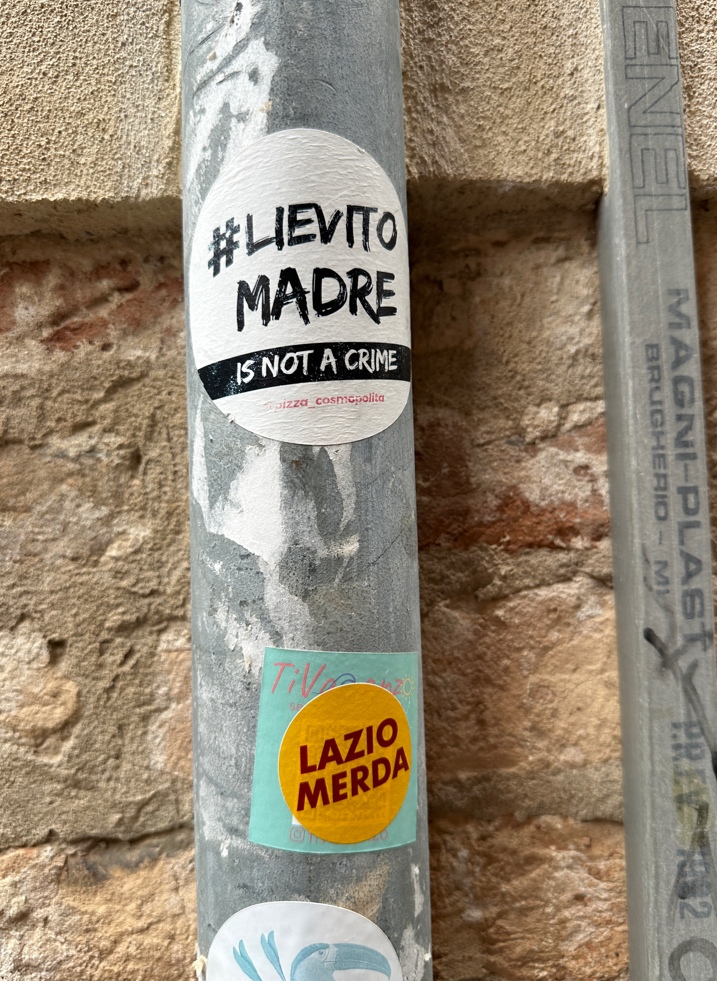
|
99361
|
gabriella_gildea
|
Italy
Venezia
|
|
|
—
|
Venezia bottom-up
|
|

|
99362
|
gabriella_gildea
|
Italy
Venezia
|
|
|
—
|
Venezia bottom-up
|
|

|
99530
|
gabriella_gildea
|
Italy
Venezia
|
|
|
tourism
|
Venezia bottom-up
|
|

|
99531
|
gabriella_gildea
|
Italy
Venezia
|
|
|
—
|
Venezia bottom-up
|
|
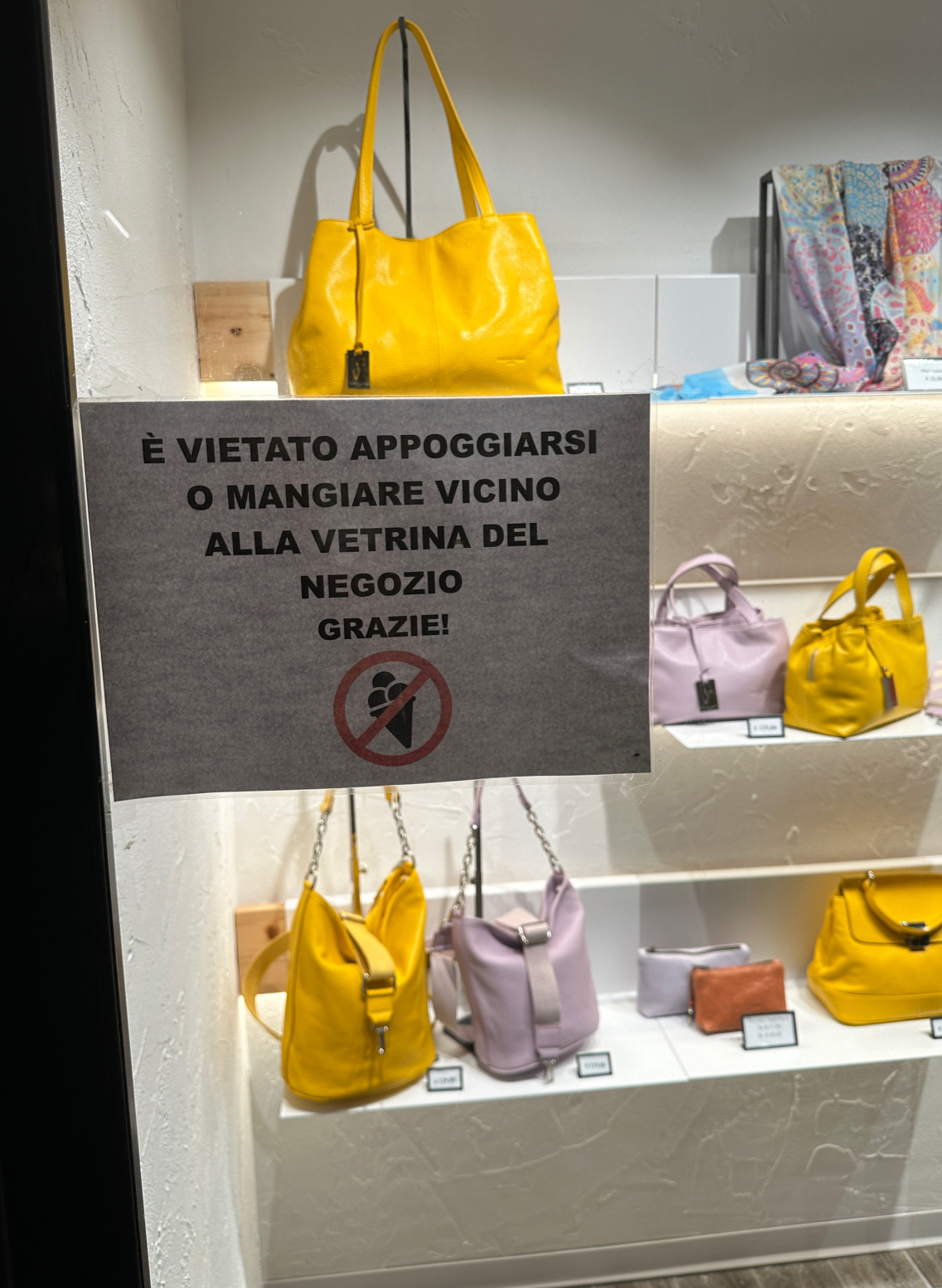
|
99532
|
gabriella_gildea
|
Italy
Venezia
|
|
|
—
|
Venezia bottom-up
|
|

|
99533
|
gabriella_gildea
|
Italy
Venezia
|
|
|
—
|
Venezia bottom-up
|
|